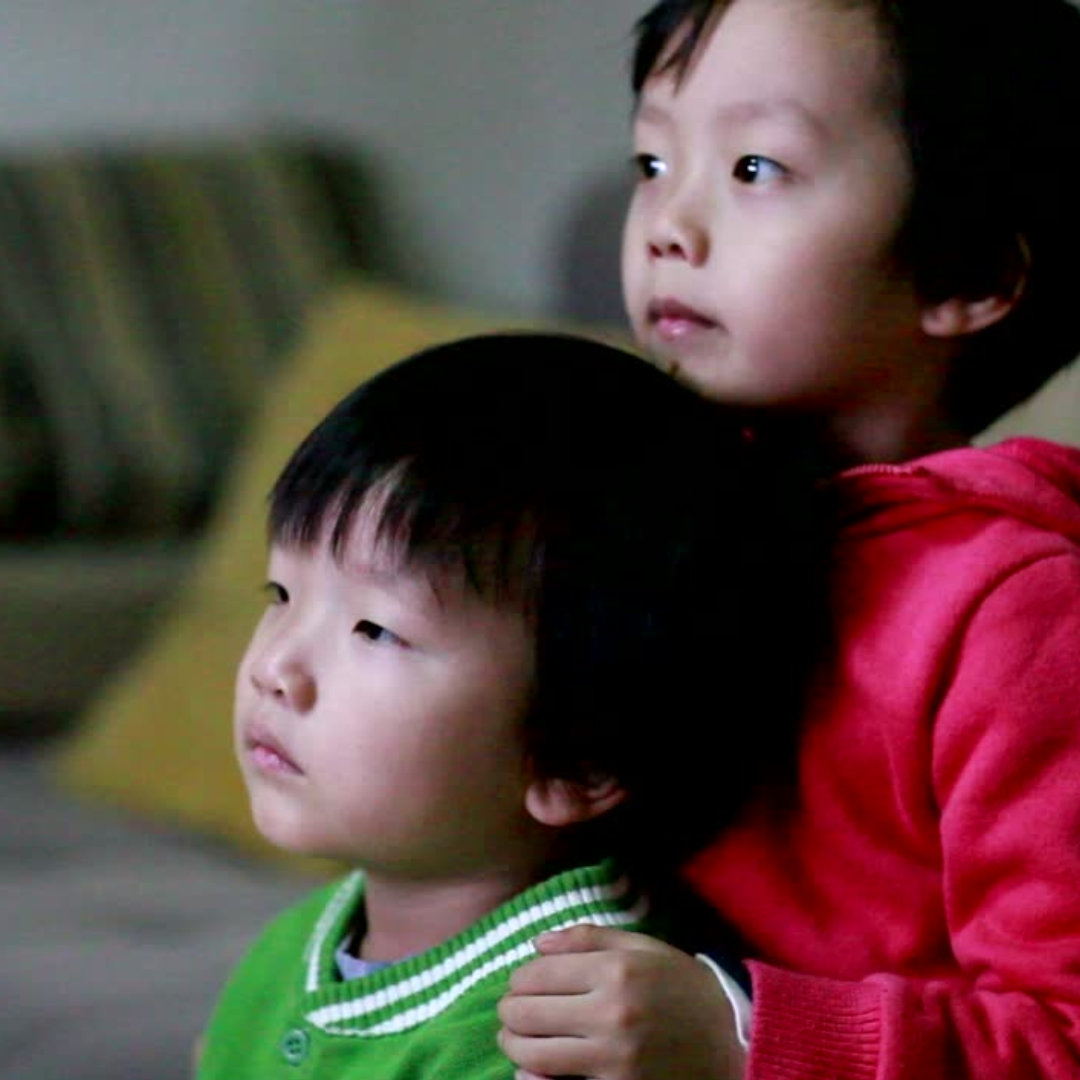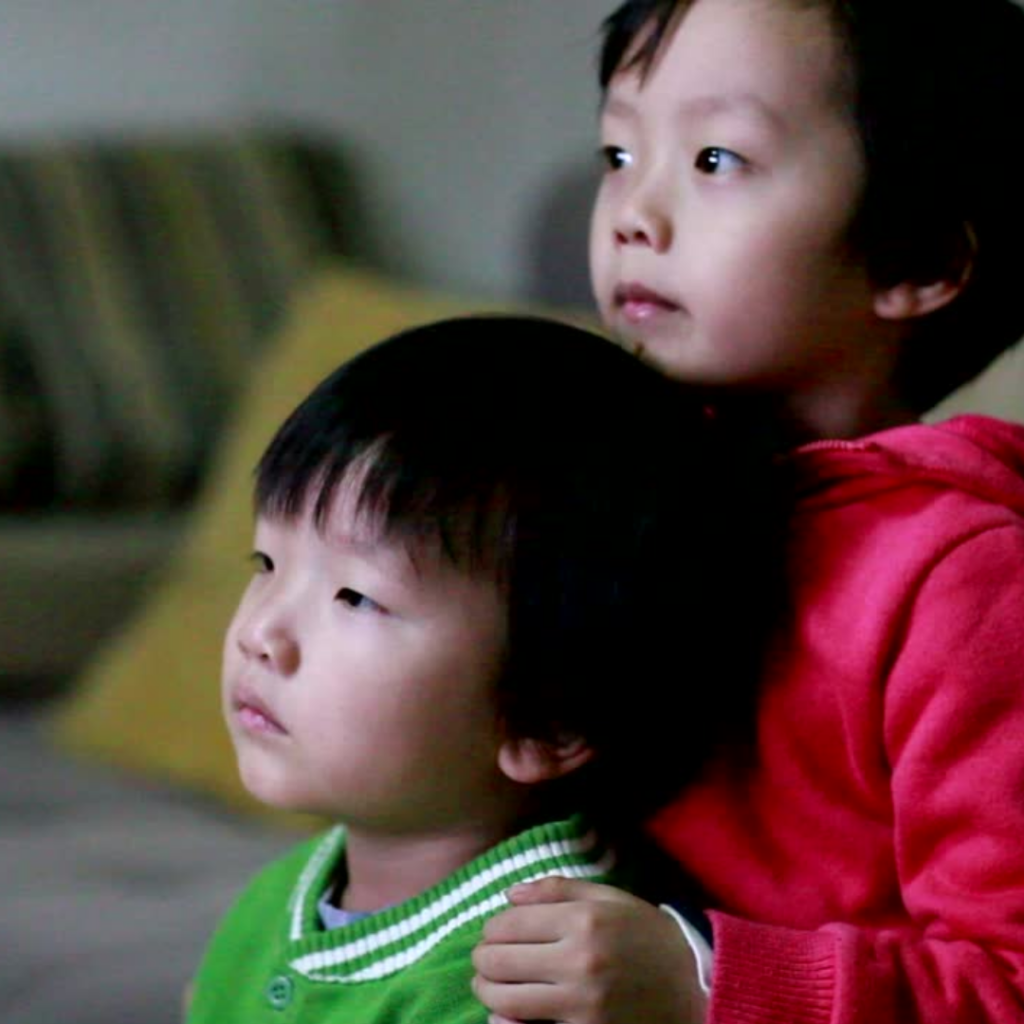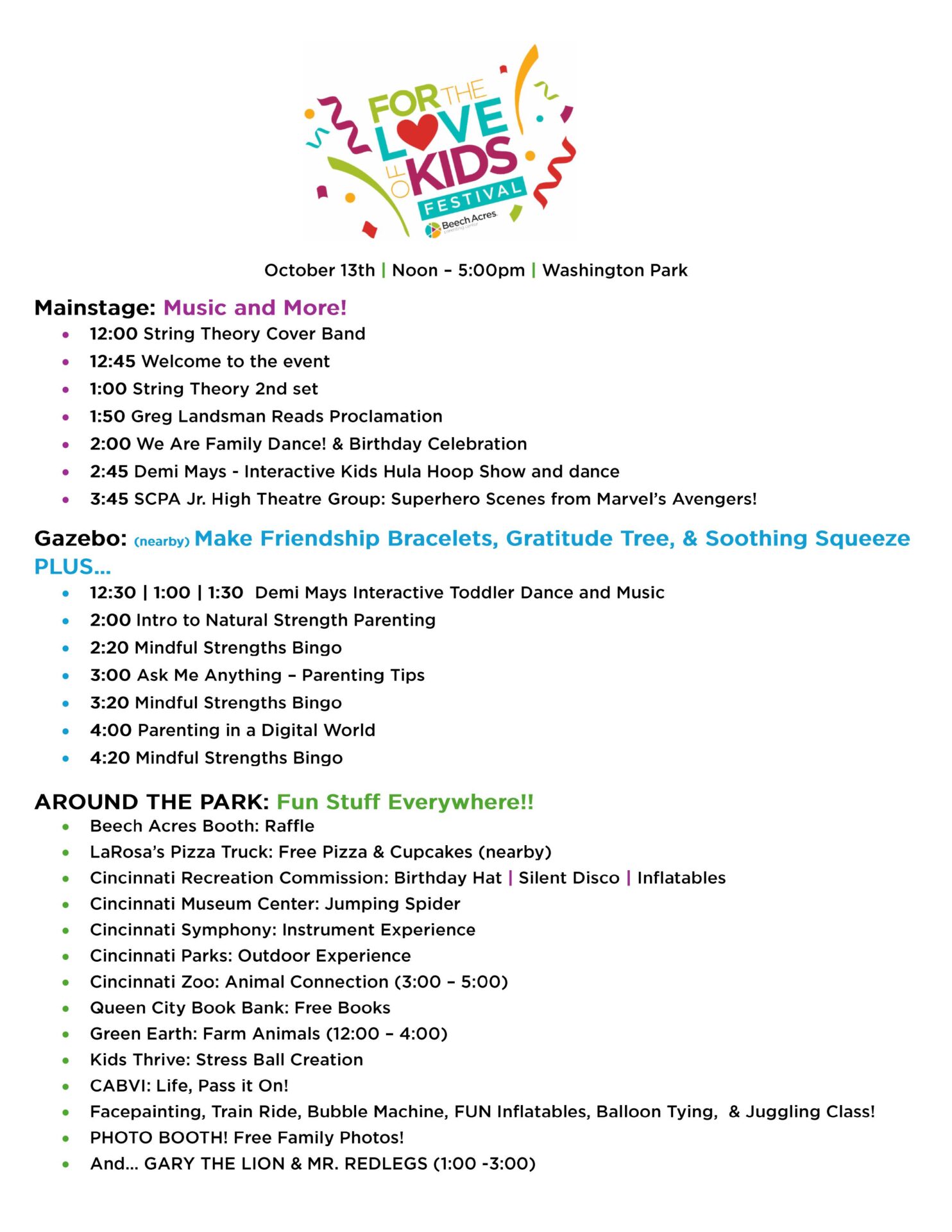Looping for Comfort: Why Kids Rewatch, Repeat, and Revisit

Looping for Comfort: Why Kids Rewatch, Repeat, and Revisit

By: Sarah Fields, BA and the Parent Connext® team
“I saw my problems, and I’ll see the light… Grease is the word.”
I put on Grease for the umpteenth time. Reciting every line, dancing around my bedroom, singing lyrics like I was a Pink Lady. As a kid, I rotated through the same five movies like they allowed me to breathe. It’s a bit dramatic but you can see my point. Now in my 30s, I still find myself drawn to the familiar rewatching of movies and shows, rereading books, even hesitating or flat out avoiding starting something new.
It’s easy to dismiss this as nostalgia or habit. But beneath the surface, repetition, especially in children, is a powerful tool for emotional regulation, learning, and self-expression.
Why does repetition feel good?
Repetition offers predictability in a world that often feels chaotic. For children, whose brains are still developing and whose environments can be overwhelming, repetition provides:
- Emotional safety: Familiar stories and routines help kids feel in control. They know what’s coming next, and that certainly is soothing. [1]
- Cognitive mastery: Rewatching allows children to notice new details, deepen understanding, and build vocabulary. Each viewing becomes a layer of learning. [1, 2]
- Sensory regulation: Repetitive behaviors like rocking, flapping, or lining up toys can help children manage sensory input and stay grounded. [3, 4]
Repetition in Neurodivergent Kids
For autistic children and others with neurodevelopmental differences, repetitive behaviors, often called stimming or restricted and repetitive behaviors (RRBs) serve essential functions:
- Self-soothing: Actions like hand-flapping or repeating phrases help regulate emotions and reduce anxiety. [3, 5]
- Sensory control: These behaviors can buffer overwhelming stimuli, offering a sense of calm and focus. [3]
- Joy and engagement: Some repetitive behaviors are simply pleasurable and deeply engaging, like spinning or echoing favorite lines. [3]
Importantly, these behaviors aren’t “bad” or something to be “fixed.” They function as a coping mechanism. Tools for emotional regulation, helping kids respond to unfamiliar or challenging situations.
When should you look closer?
While many repetitive behaviors are developmentally typical, some may signal deeper needs.
Red flags include:
- Persistence beyond early childhood
- Distress when interrupted
- Interference with play, learning, or social interaction
- Self-injurious behaviors (e.g., head-banging, biting) [4, 6]
If these patterns show up consistently, connecting with a pediatrician or behavioral specialist may offer helpful insights.
Is repetition in adults comfort or avoidance?
Even as adults, we loop. Psychologists note that repetitive behaviors in adults can stem from anxiety, trauma, or a need for control [4, 7]. But they can also be grounding rituals, ways to self-soothe, reflect, or reconnect with identity.
So, if you find yourself queuing up Grease again, maybe it’s not just nostalgia. Maybe it’s a way of saying: “I know this story. I belong here.”
Supporting Kids Who Loop
Speaking with one of our Parent Connext® Parenting Specialists, Kerry Brown, she explains more about what repetitive behaviors are and how best to support our kids.
Repetitive behaviors, known as stimming, often help kids regulate their emotions, focus, or feel safe in unpredictable environments. Most looping actions aren’t cause for concern and don’t need to be interrupted. In fact, calling attention to them can unintentionally add stress or shame.
If a behavior crosses into private territory (like touching private parts), consider creating a gentle signal or offering a calm reminder that it’s something to do in a private space. And if a child’s looping behavior is harmful, like hair pulling or skin picking, try to redirect them. Offer a safe, sensory-friendly alternative, like a fidget, chewable necklace, or textured toy.
Above all, lead with curiosity. Looping isn’t defiance, it’s often communication. When parents respond with understanding rather than correction, they help children feel seen, safe, and supported. Whether your child is looping through Bluey episodes or you’re humming “Summer Nights”, there’s something beautiful in the familiar. It grounds us.
Resources




